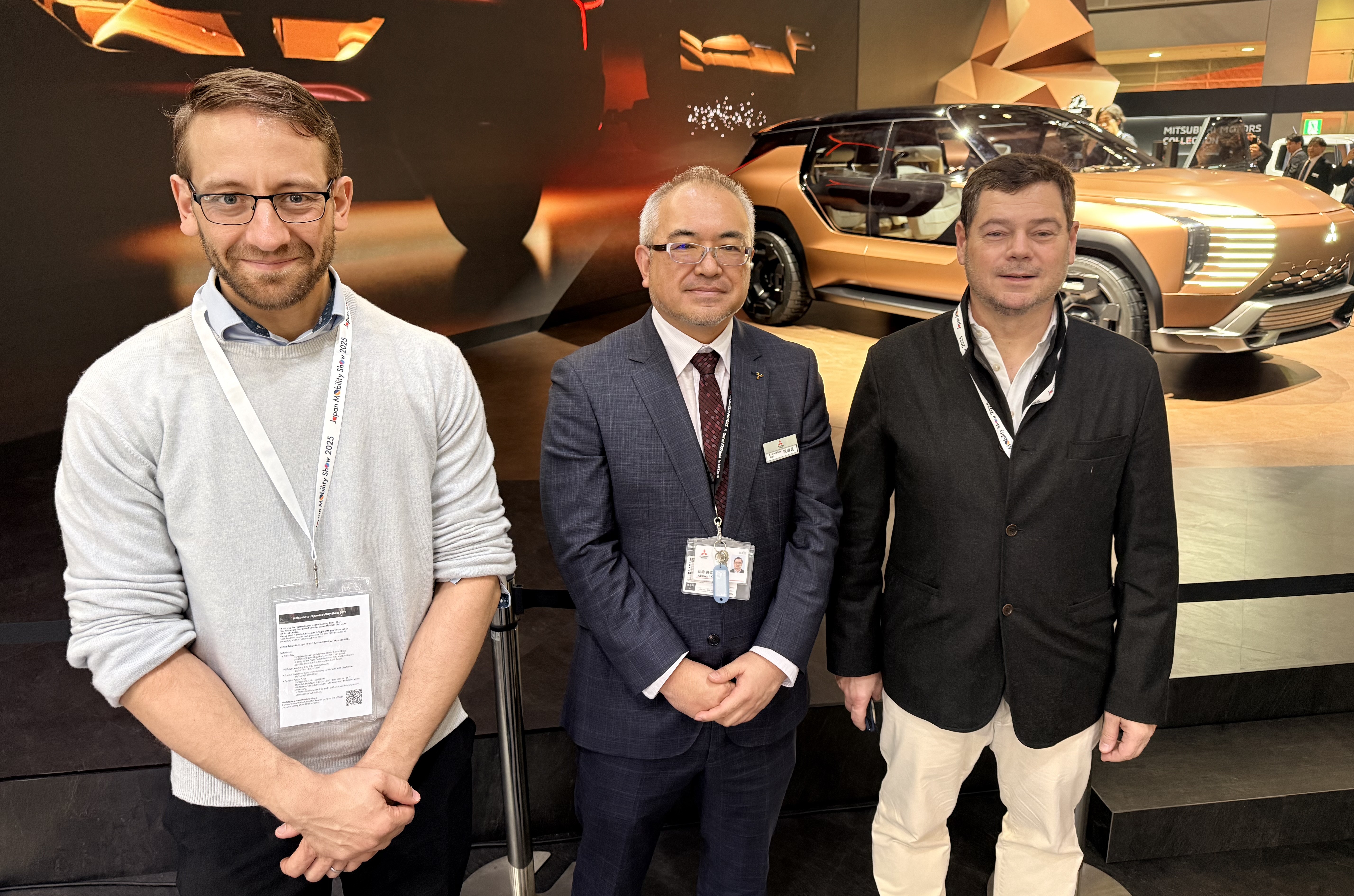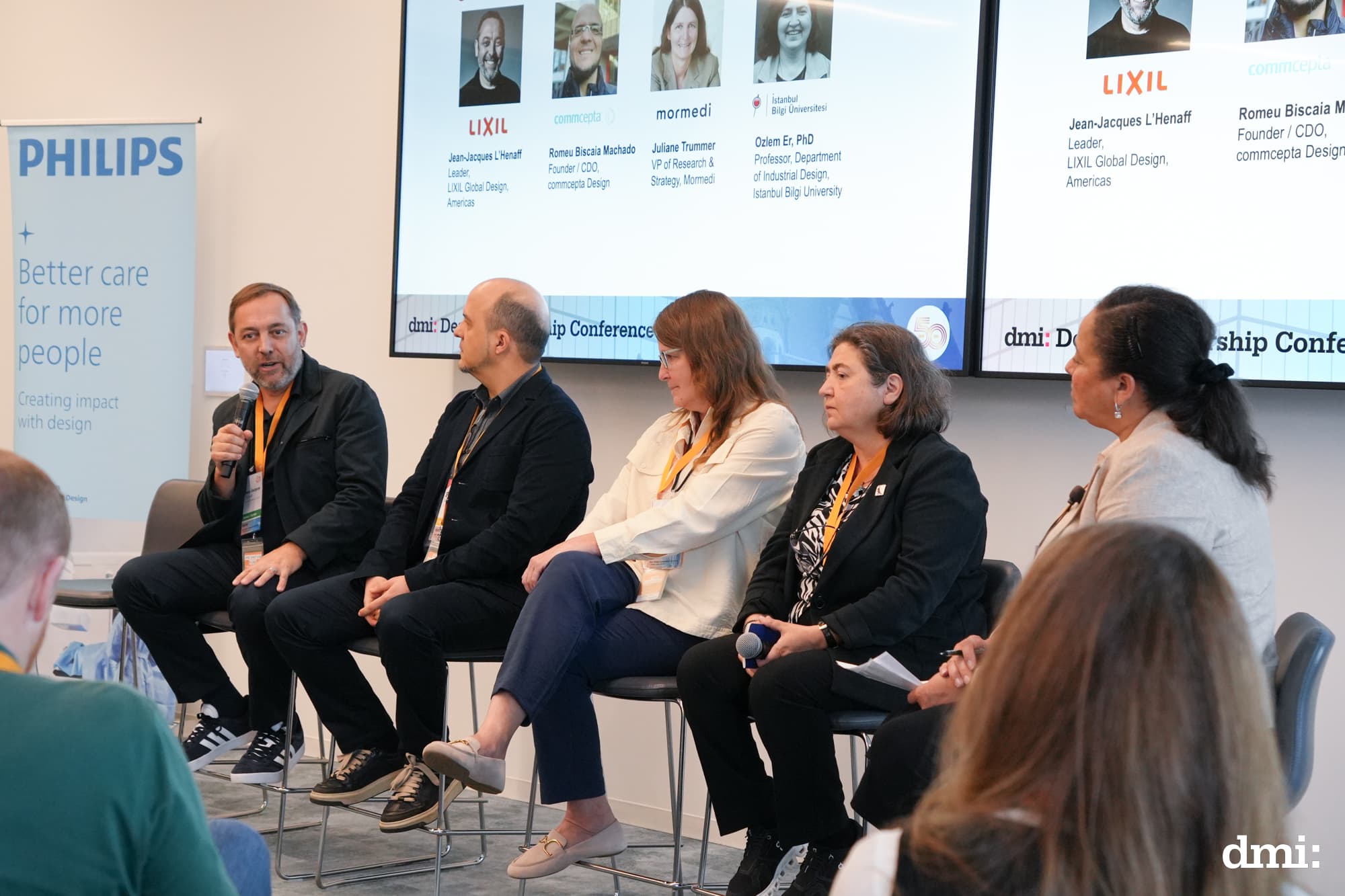Walking into ProMat 2025 in Chicago this March, one thing was clear: the future of logistics is no longer a distant promise, it’s happening now. Over 1,200 solution providers filled McCormick Place with an energy that was electric, driven by cutting-edge robotics, seamless automation, and bold ideas reimagining how goods move through our world.
At Mormedi, we’ve always approached events like ProMat not just as exhibitions, but as living blueprints of what’s next. This year, the theme that echoed across the halls was "Unified Automation", a signal that the silos between technology, people, and process are dissolving. We came back not only inspired, but with one big question:
How can design bring humanity and harmony into the ever-faster future of automation?
Automation with Purpose: what happens when machines get smarter?
From the moment we stepped onto the floor, it was clear that the days of single-function automation are behind us. Robots at ProMat weren’t just performing tasks, they were adapting, learning, and collaborating.
KUKA’s KMP 3000P, for instance, stunned attendees with its ability to transport up to three tons, all without the need for in-floor guide systems. This kind of flexibility marks a step-change in warehouse logistics, freeing up physical space while enabling real-time reconfiguration of workflows.
We also saw a wave of self-charging robots, AI-powered smart picking systems, and autonomous drones conducting real-time inspections. These aren’t pie-in-the-sky concepts, they’re production-ready, efficiency-boosting solutions designed to tackle ongoing workforce shortages and meet rising consumer expectations.
For us at Mormedi, the key is not just about automation for automation’s sake. It’s about designing systems where human and machine collaboration feels natural. When done right, tech becomes invisible, freeing people to focus on strategy, creativity, and impact.



Intelligent Storage: how do we make the most of every square meter?
Another headline theme was vertical integration. Solutions like the Kardex Shuttle highlighted the growing importance of high-density vertical storage systems. These space-saving marvels optimize warehouse layouts while minimizing retrieval time and labor costs.
But there’s more to this than compact design. These systems reflect a broader shift toward modularity and scalability, key principles we champion at Mormedi. In today’s volatile supply chain landscape, adaptability isn’t a luxury; it’s a necessity. Intelligent, reconfigurable infrastructure will be the foundation of tomorrow’s agile operations.
Startups + Giants: can ecosystems drive innovation faster?
One of the most compelling dynamics at ProMat 2025 was the rise of OEM-backed startups. Industry leaders are now creating internal venture arms and incubators, giving birth to fresh ideas from within. These hybrid teams, combining legacy knowledge with startup speed, are accelerating the pace of innovation in logistics and retail automation.
It’s a trend we deeply believe in. True transformation happens when vision meets execution, and when emerging talent is supported by the muscle of experienced operators. At Mormedi, we often find ourselves at this intersection, helping large organizations shape, test, and scale bold ideas with user-centered design at the core.
Solving for Labor: can we design work that works?
Another standout theme was labor, specifically, how to do more with fewer people. Solutions on display focused on simplifying onboarding, reducing training time, and automating complex tasks with intuitive interfaces.
These innovations reflect a deeper truth: people are not obstacles to be worked around; they’re the heart of the system. If we want automation to succeed, it must empower workers, not replace them. That means designing technologies that are not only intelligent but inclusive, intuitive, and respectful of human needs.
Looking Forward: how do we shape the future of retail automation?
As we reflect on our experience at ProMat 2025, one thing is clear: the future of logistics is no longer confined to backend operations. It’s becoming a strategic driver of customer experience, sustainability, and brand differentiation.
The innovations we saw, from autonomous fleets to modular infrastructures and AI-driven fulfillment, show that the next frontier is about creating seamless, intelligent ecosystems that respond in real time. And at Mormedi, that’s exactly the kind of future we’re building.
Because designing the future isn’t just about anticipating change, it’s about shaping it. One system. One interaction. One experience at a time.
Let’s grow together!
Have questions about your next growth move?
Mormedi has answers.
.svg)


